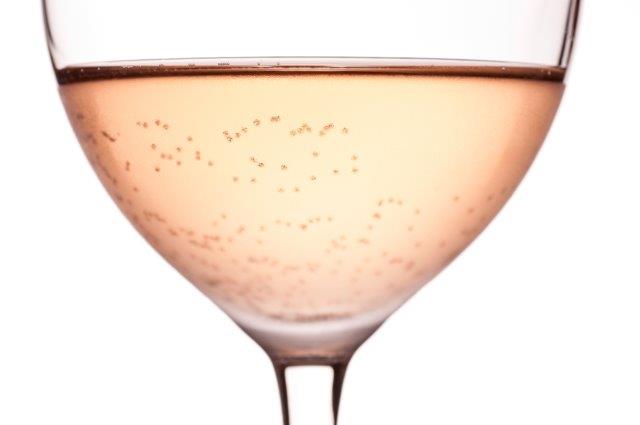FOR IMMEDIATE RELEASE
ACS News Service Weekly PressPac: June 17, 2015
Wine-making shortcut gives bubbly a fruitier aroma
"Use of Commercial Dry Yeast Products Rich in Mannoproteins for White and Rosé Sparkling Wine Elaboration"
Journal of Agricultural and Food Chemistry
The best sparkling wines take months to ferment to perfection. In recent years, many winemakers have turned to commercial yeast products to give this process a boost. How they ultimately affect bubbly has been an open question, but now scientists have stepped in to find out. They report their findings in ACS’ Journal of Agricultural and Food Chemistry.
When sparkling wine is made, yeast cells burst open in a process called autolysis. This releases a special kind of protein called mannoproteins that, in still wines (the non-bubbly kind), can reduce astringency and bitterness, improve aroma and enhance body. Although commercial products rich in these mannoproteins are already used to make both regular and sparkling wines, few studies have looked into how well they work in the effervescent varieties. Silvia Pérez-Magariño and colleagues wanted to fill that void.
The researchers made different varieties of sparkling wine with four yeast autolysates. They found that in general, the added autolysates didn’t affect the foam quality of the wines or the phenolic compound content. One product, which was associated with a 21 to 34 percent increase in mannoproteins, enhanced the fruity aromas in some of the wines.
The authors acknowledge funding from Instituto Nacional de Investigación y Tecnología Agraria y Alimentaria and the government of La Rioja (Spain).


